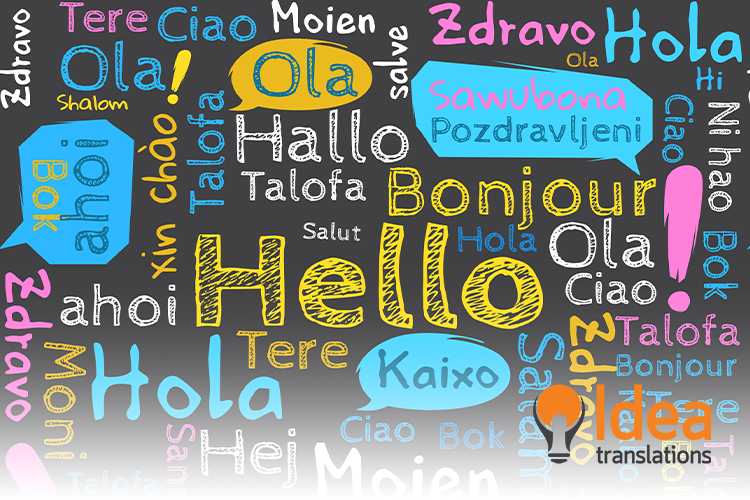
The easiest and most challenging languages to learn for a Spanish speaker
Spanish is the fourth most spoken language in the world, with more than 548 million native speakers. Mexico, Colombia, Argentina, Spain and the United States top the 5 countries with the largest number of native Spanish speakers worldwide.
For Spanish speakers, which are the easiest and most difficult languages to learn?
The “closest relatives “
Spanish belongs to the Romance languages, all derived from Vulgar Latin and forming a subgroup of the Italic branch of the Indo-European language family. French, Italian, Portuguese and Romanian belong to the same group.
Also, Romansh or Rhaeto-Romance since 1996, a semi-official language of Switzerland, probably related to other Rhaetic dialects spoken in Italy, and Catalan, the language of Andorra, together with Spanish, the language of the Spanish autonomous communities of Catalonia, Valencia and the Balearic Islands, can be included in this list.
The Romance languages not only share a good deal of basic vocabulary and several similar grammatical forms, but can be traced back, with few breaks in continuity, to the language of the Roman Empire. The Roman occupation of Italy, the Iberian Peninsula, Gaul and the Balkans explains the “Roman” character of the main Romance languages.
Approximately 3.8 million students in U.S. schools are native Spanish speakers who are not proficient in English. Source: USA Today
Therefore, French, Italian, Portuguese and Romanian are friendly to Spanish-speaking students. However, all learning requires effort, in addition to the acquisition of grammatical, semantic and pronunciation particularities, among other things.
It often happens that those who have Spanish as their mother tongue consider it “easy” to speak, for example, Italian or Portuguese. Many terms are similar because their grandparents spoke one of these languages or they once vacationed in a country with that official language.
However, we should take into account the importance of proficiency, the ability a person demonstrates when using a foreign language. Understanding a few words is not the same as knowing how to speak another language.
Is English among the most challenging?
Many Latinos believe they will find it difficult to learn English. However, its grammar has a logical and much more simplified sequence than what Spanish speakers are used to.
In this language, only nouns, pronouns (he, him, his), adjectives (big, bigger, biggest) and verbs are subject to change. It is also the only European language that uses adjectives without declensions: for example, the little boy, the little girl, as opposed to “el niño pequeño” and “la niña pequeña” in Spanish.
In addition to the simplicity of inflections, English is flexible in its functions. Traditional pronoun, adjective and adverb forms can also function as nouns; adjectives and adverbs as verbs; and nouns, pronouns and adverbs as adjectives. At the same time, the vocabulary is open, with free admission of words from other languages.
The distribution of English proficiency among Hispanics in the US indicates that 42.3% speak English “very well”. Source: Statista
Experts also say that studying Dutch helps non-native speakers of English to understand it. Likewise, Dutch – linked to the Germanic Afrikaans language, spoken mainly in South Africa and Namibia – has many similarities with Spanish, especially in phonetics. There are only minor differences such as the pronunciation of certain letters.
Although English is Germanic in its sounds and grammar, most of its vocabulary has a Romance origin. In contrast, all languages outside of Latin origin are the most difficult for native speakers of Spanish to learn. Examples include German, Turkish, Mandarin Chinese and Russian.
Learning a new language is always a wonderful challenge. The particularities described here do not detract from the fact that many Latinos choose – and, in fact, do so on a daily basis – to immerse themselves in the adventure of learning a language that challenges and encourages their abilities.



